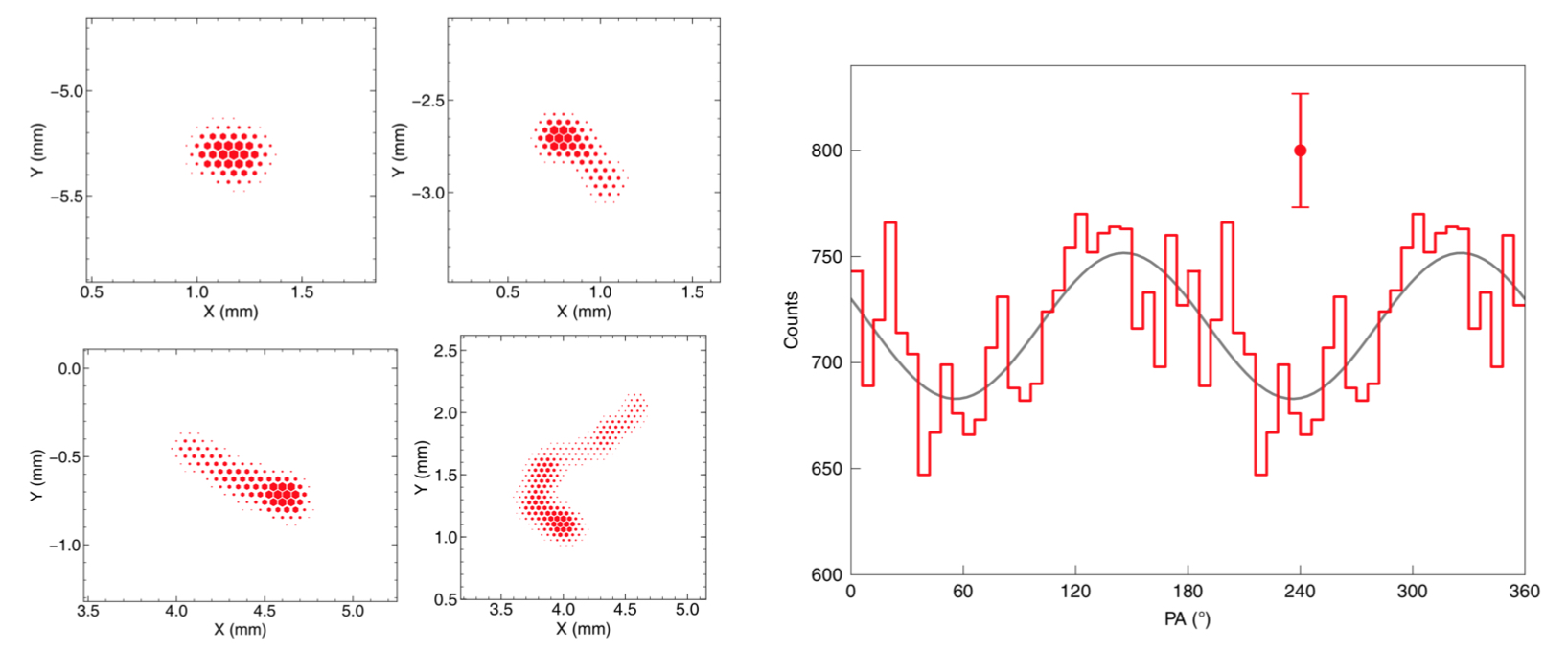PolarLight in the Orbit for Two Years
On 29 October 2020, the PolarLight X-ray polarimeter has been working in orbit for 2 years. On 29 October 2018, the CubeSat Tongchuan-1 with the PolarLight detector onboard was launched into a Low-Earth orbit from the Jiuquan satellite launching center. On December 18 of that year, the detector was powered on and detected the "first light" event. In March of 2019, after the commissioning phase of the satellite, PolarLight started scientific operations and has since been observing the Crab nebula, Sco X-1, as well as the in-orbit background. After two years, the detector is still working properly, without any performance degradation.
After long-term monitoring, PolarLight re-detected the polarization signal from the Crab nebula (Fig. 1) and revealed a polarization variation after a pulsar glitch. Recently, a paper describing the in-orbit operation and performance was accepted for publication in the Advances in Space research (Fig. 2). In the paper, it is also discussed how one can run a low-cost, shared CubeSat for space-based astronomy, and how CubeSats can play a role in modern space astronomy for technical demonstration, science observations, and student training.
The results with PolarLight indicates that the window of soft X-ray polarimetry is reopened after more than 40 years. It also demonstrates the capability of CubeSats in space astronomy.
The mission profile, tests, observations, and science results with PolarLight have been published in four articles:
PolarLight: a CubeSat X-ray polarimeter based on the gas pixel detector, Feng, H., Jiang, W., Minuti, M. et al. 2019, Experimental Astronomy, 47, 225
Re-detection and a possible time variation of soft X-ray polarization from the Crab, Feng, H., Li, H., Long, X. et al. 2020, Nature Astronomy, 4, 511
The X-ray polarimetry window reopens, Feng, H., and Bellazzini, R. 2020, Nature Astronomy, 4, 547
In-orbit Operation and Performance of the CubeSat Soft X-ray Polarimeter PolarLight, Li, H., Long, X., Feng, H. et al. 2020, accepted for publication in Advances in Space Research





